Potty train your puppy quickly with this easy guide. It’s designed to make training simple and stress-free. If you’re a new pet parent, you may feel overwhelmed by accidents and unsure how to begin.
The good news is that house training doesn’t have to be frustrating or take a long time. With the right steps and a bit of patience, your puppy can learn where and when to go fast.
This blog post covers everything you need—no confusing advice or unrealistic expectations. Whether you’re starting fresh or having trouble with consistency, this guide will help you create a solid potty routine that works for you and your puppy.
Day 1: Introduction to Training
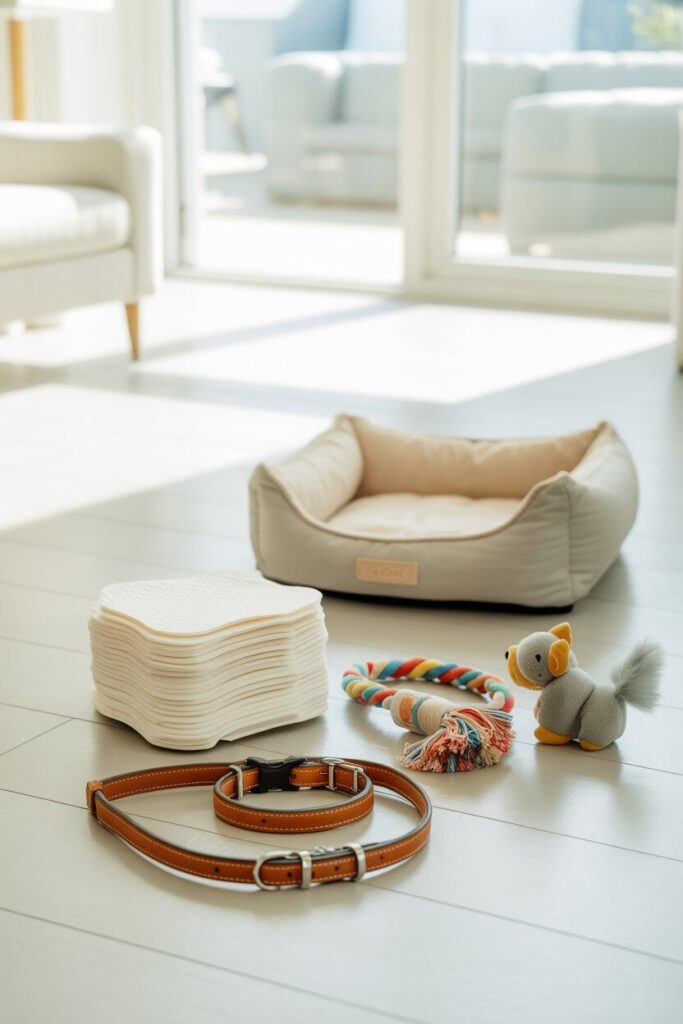
Take your puppy to the bathroom spot you’ve chosen. Do this every time after they eat or wake up.
Watch for signs that they need to go, like sniffing or circling. If you notice these signs, quickly take them to the potty spot.
Praise your puppy right after they go in the right place. This helps them know they did well. Consistency and positive reinforcement are important at this stage.
Check out the top-rated puppy training essentials available on Amazon
Day 2: Establish a Routine
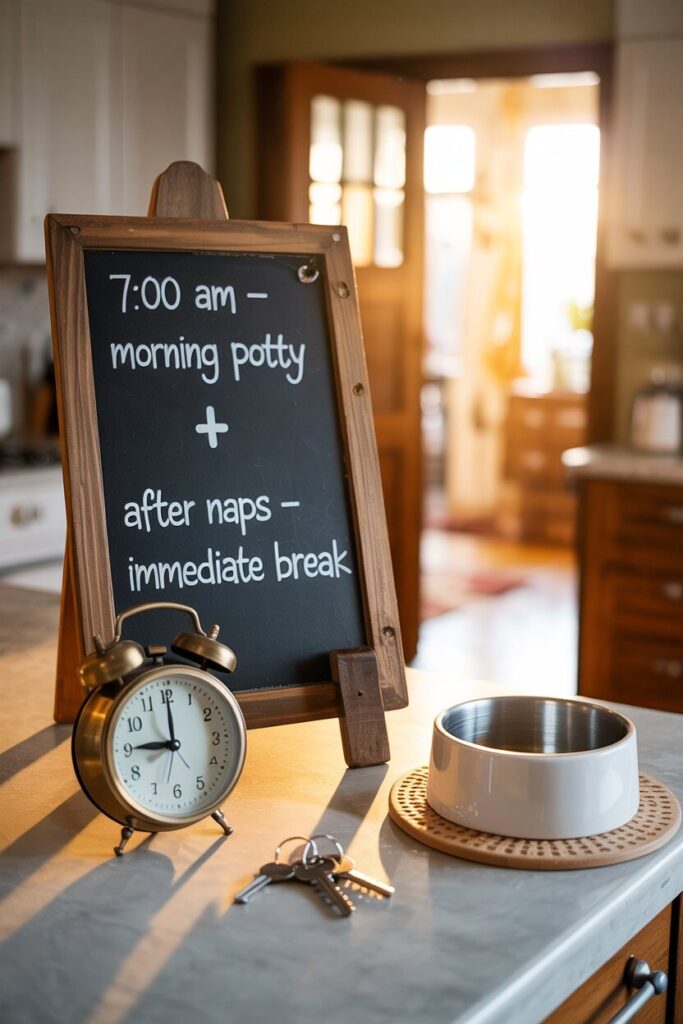
Setting a regular feeding and potty schedule helps your puppy know what to expect. Take them to the same potty spot at the same times. This builds a routine they can follow.
Consistency is key in potty training. Always take your puppy outside after they eat, drink, play, or wake up. This teaches them when and where to go to the bathroom.
Using a command like “go potty” at the designated spot can help. Over time, they’ll connect the command with the action. This makes training smoother and quicker.
Day 3: Positive Reinforcement
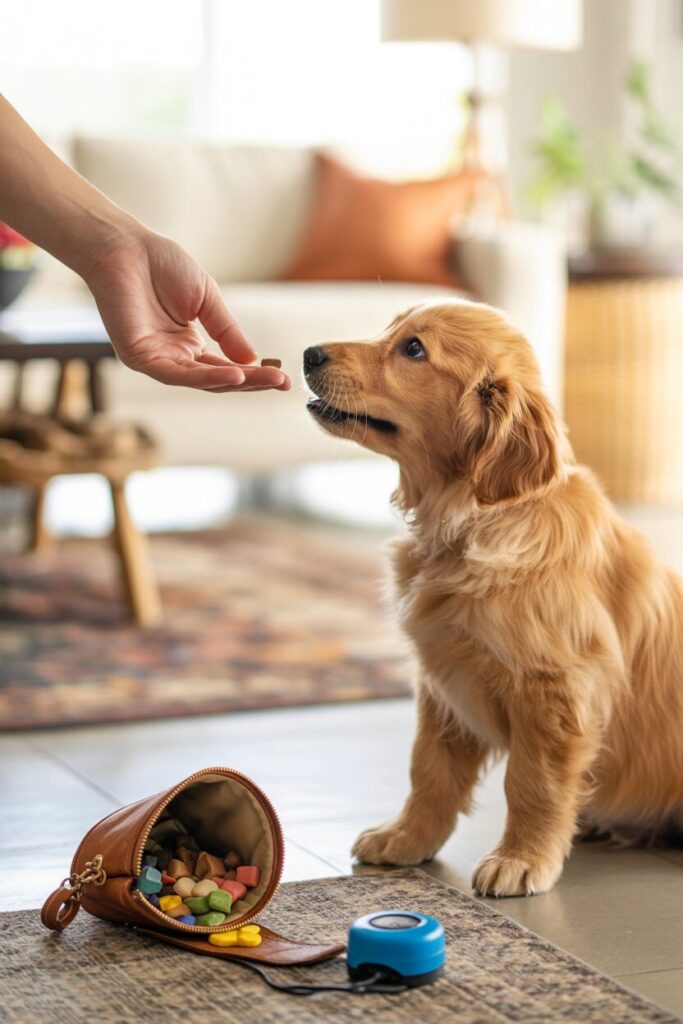
When your puppy uses the potty spot correctly, give them a treat and praise right away. This shows them they did something good and encourages them to repeat it.
Consistency is key. Always reward your puppy when they use the potty spot correctly. This reinforces the behavior and helps them keep it up.
Using treats and praise creates a positive link with the potty spot. Over time, your puppy will prefer this spot, making potty training easier and more effective.
Shop the best puppy potty training gear now on Amazon
Day 4: Monitor and Adjust
Watch your puppy’s signals. If they start sniffing or circling, they likely need to go outside. Recognizing these signs helps prevent accidents and makes potty training easier.
Adjust the schedule if your puppy needs more breaks. Puppies grow fast, and their needs can change. Being flexible helps ensure successful potty training.
Consistency is important. Follow a routine, but be ready to make small changes. Patience and understanding will help your puppy learn better and feel more secure.
Day 5: Handle Accidents Calmly

Accidents happen during puppy potty training. Clean up messes calmly. If you stay calm, your puppy won’t feel scared or confused.
Using enzymatic cleaners is essential. These cleaners break down messes and odors, so your puppy won’t return to the same spot.
Patience and consistency are vital in potty training. Keep a regular schedule for bathroom breaks. Also, praise your puppy when they go in the right place. This helps reinforce good habits over time.
Discover proven puppy potty training tools you can grab on Amazon
Day 6: Extend Time Between Breaks
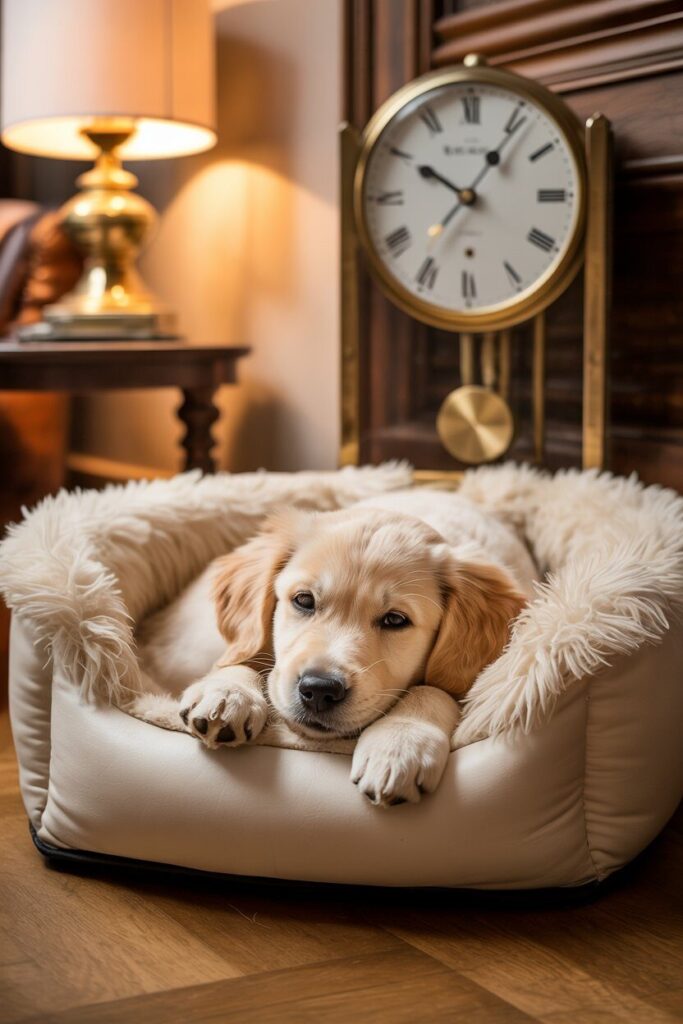
As your puppy improves, you can slowly extend the time between potty breaks. This builds their bladder control. Always praise them when they go in the right spot.
Watch for signs your puppy needs to go, like sniffing or circling. Recognizing these signs helps prevent accidents and encourages good habits.
Gradually increasing the time between breaks teaches patience and control. Remember, consistency and positive reinforcement are key to effective potty training.
Day 7: Reinforce and Maintain
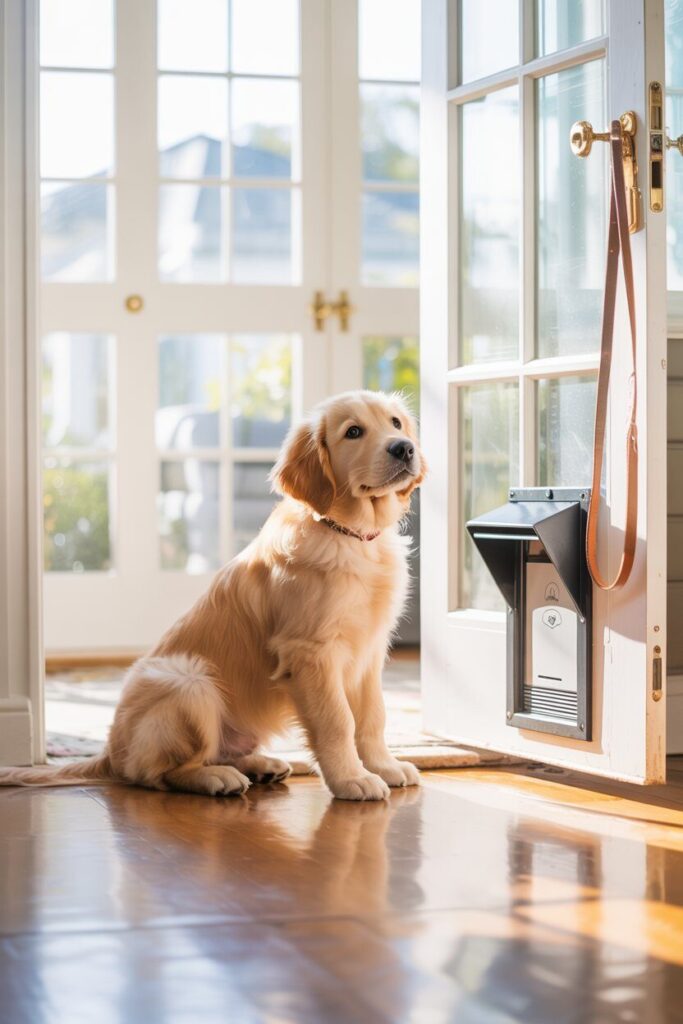
At this stage, your puppy should know where to go potty. Praise and reward them each time they do it in the right spot. This helps reinforce good behavior.
Keeping a consistent schedule is important. Take your puppy out at the same times every day, like after meals and naps. This helps them build a routine.
Accidents may still occur, but be patient and avoid punishment. Clean up the mess well to remove any scent. This encourages proper potty habits.
Conclusion
Potty training your puppy in seven days is possible. With consistency, patience, and positive reinforcement, you can succeed.
Follow our daily steps to help your puppy learn quickly. Keep in mind that each pup is unique. Stay flexible and adjust your approach for the best results.
How Long Does It Take To Potty Train A Puppy?
Most puppies can be potty trained in 1 to 2 weeks with consistent effort. However, this time frame can vary by breed, age, and your training consistency. Some puppies learn quickly in just a few days. Others may take longer to form the right habits.
The key is patience and rewarding positive behavior. Don’t let occasional accidents discourage you. Stick to a routine and use clear commands to reinforce good habits every day.
What Should I Do If My Puppy Keeps Having Accidents?
If your puppy is having frequent accidents, review the routine. Are you letting them out at the same times each day? Are you noticing their signals? Accidents often occur when the schedule is unclear or the puppy is left alone too long.
Clean up accidents right away with an enzymatic cleaner. This helps remove odors and stops your puppy from going back to the same spot. Stay calm, avoid scolding, and look for patterns to adjust your routine effectively.
Is Crate Training Necessary For Potty Training?
Crate training isn’t required, but it is very effective for potty training puppies. Puppies don’t like to soil their sleeping area. A well-sized crate helps them hold it until they go outside.
Use the crate as a safe spot, not as punishment. When used right, it builds structure, reinforces bladder control, and cuts down on nighttime accidents. Just make sure to give your puppy plenty of time outside the crate for bathroom breaks and play.
Can Older Puppies Be Potty Trained In 7 Days?
Yes, older puppies can be trained quickly, especially if they have some bladder control. The principles are the same: consistency, praise, and a set routine. In fact, older puppies often grasp training cues faster than younger ones.
However, some older puppies may have bad habits or anxiety. This is common if they’ve never been trained properly. In these cases, you might need to focus more on positive reinforcement and trust-building before you see results.
How Do I Know My Puppy Is Ready For Fewer Bathroom Breaks?
If your puppy is using the right spot and hasn’t had an accident in days, they might be ready for longer breaks. You’ll see them signal more clearly when they need to go outside.
Start by increasing the time between breaks by 15 to 30 minutes. Watch for signs like sniffing, whining, or pacing. Gradually building bladder strength while staying consistent helps stretch their potty routine without setbacks.
